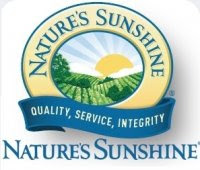
Magnesium is an essential nutrient for all living things. It influences numerous bodily processes, including digestion, energy production, muscle function,......and RELAXATION of muscles. It assists heart, kidney, brain and adrenal functions too. Lack of sufficient available magnesium in the body can interfere with any or all of these processes.
Magnesium depletion can be caused by such things as mental stress, caffeine, sugar, alcohol, tobacco, drugs, high perspiration, low thyroid function.... many things.
Symptoms of magnesium depletion can be:
* Low Energy / Fatigue
* PMS / Hormonal Imbalances
* Insomnia / Body Tension
* Headaches / Muscle Tension
* Backaches
* Weakening Bones
* Anxiety / Nervousness / Irritability
Calcium has an opposite action to Magnesium. Calcium excites nerves while magnesium calms them down. Calcium makes muscles contact. Magnesium is necessary for muscles to relax. Calcium is needed for blood clotting, but magnesium keeps the blood flowing freely. It is easy to see that it is vital to keep these minerals in balance and that too little magnesium to balance calcium could be both uncomfortable and unhealthy.
Peter Gilham's Natural Calm is a good supplement choice. It is in a powder form that should be mixed in water. It is 100% water soluble and easily absorbed. It comes in flavors if you prefer a taste change. It's fizzy nature makes it a fun drink for children too. Yes, even children face daily stresses and physical challenges that bring about physical difficulties.
This and more information can be obtained at Robin's Herb Shop. Stop in and ask for your free sample while supplies last!























